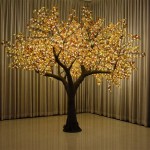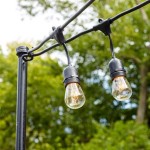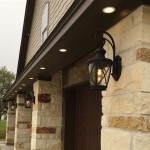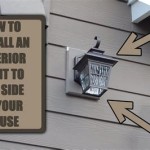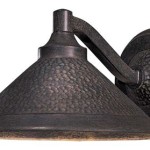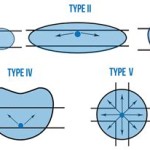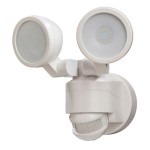Essential Aspects of an Outdoor Basketball Lighting System
An outdoor basketball court provides an excellent space for exercise, recreation, and community building. Proper lighting is essential for ensuring the safety and enjoyment of these courts, especially during evening hours. Here are the key aspects to consider when designing and installing an outdoor basketball lighting system:
1. Lighting Levels and Uniformity: Basketball courts require bright and evenly distributed lighting to minimize shadows and glare. The recommended minimum lighting level is 50 footcandles (fc) for recreational use and 75 fc for competitive play. Uniformity, which measures the consistency of lighting across the court, should be within 2:1. This ensures that all areas are adequately illuminated.
2. Fixture Selection: Choosing the right lighting fixtures is crucial for achieving the desired lighting levels and distribution. High-wattage LED fixtures are typically used for outdoor basketball courts due to their energy efficiency, long lifespan, and ability to produce high output. Floodlights or pole-mounted fixtures are common options, providing wide-area illumination.
3. Mounting Height and Spacing: The height and spacing of the lighting fixtures significantly impact the light distribution and uniformity. Mounting heights typically range from 18 to 30 feet, while spacing is determined by the desired lighting level and fixture output. Proper spacing ensures that there are no dark or over-illuminated areas on the court.
4. Light Spill Control: Light spill refers to the leakage of light beyond the intended target area. This can be a nuisance to neighboring properties and contribute to light pollution. To minimize light spill, use fixtures with appropriate shielding and aim them directly at the court. Shielding options include full cutoff, semi-cutoff, and non-cutoff.
5. Color Temperature: Color temperature refers to the perceived warmth or coolness of the light emitted by the fixtures. For outdoor basketball courts, a neutral white color temperature (4000-5000K) is recommended. This provides good visibility and reduces eye strain.
6. Control Systems: Control systems allow for the adjustment and management of the lighting system. Dimming controls can be used to reduce energy consumption during off-peak hours or for different usage scenarios. Motion sensors can turn on the lights when activity is detected, saving energy by keeping the lights off when the court is not in use.
By considering these essential aspects, you can design and install an effective outdoor basketball lighting system that enhances the safety, enjoyment, and overall experience of the court.

Guide To Basketball Court Lighting Design Mklights

Newest Basketball Court Lights Standard Guide Jan 2024 Topsportsled Com

Wall Municipal Complex Musco Sports Lighting

Guide To Basketball Court Lighting Design Mklights

Basketball Court Lighting

Full Court Led Lighting Lights For Outdoor Basketball Courts Energy Efficient

Basketball Court Lighting

Guide To Basketball Court Lighting Design Mklights

Led Basketball Court Lighting Design And Cost Guide Sports Venue Calculator

What Are The Lighting Requirements Of Basketball Court Agc
Related Posts
